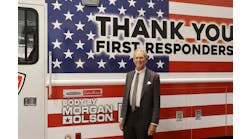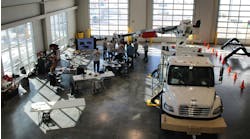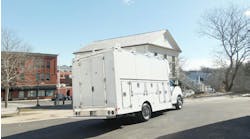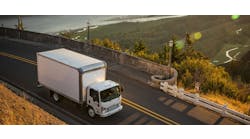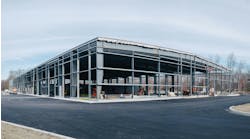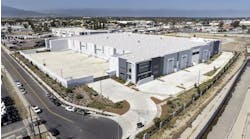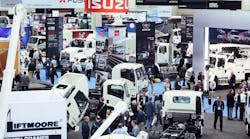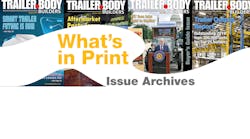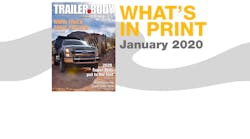(EDITOR’S NOTE: This article is provided by NTEA – The Association for the Work Truck Industry, as part of its efforts to provide information on the importance of risk management for industry businesses and end users. It is written by NTEA Director of Technical Services Bob Raybuck.)
Vehicles purchased and operated in a commercial setting are more significant to successful business operations than most people would anticipate. These commercial vehicles are typically critical for accomplishing the company’s mission and effectively serving their customers. Choosing the partner that builds your commercial vehicles is a critical decision for your company and should take into consideration factors that extend beyond price. Cost, operational efficiency and uptime are all important factors to evaluate when selecting the proper commercial vehicle for your business. However, one of the most important considerations involves safety. A critical aspect in commercial vehicle purchasing is ensuring your selected partner can deliver a vehicle and provide documentation that it maintains the required safety and emissions compliance.
Proper certification means the work truck you purchased and your employee drives conforms to the latest Federal Motor Vehicle Safety Standards and emissions regulations. Understanding and aligning with the certification process will help ensure your trucks are safe to drive. Failure to do so may mean your employees are using improperly certified, unsafe vehicles, exposing you to liability.
Fully grasping safety standards, emissions requirements and certification will allow you to better evaluate vendors building your trucks. It will also help you choose the right partner for trucks you intend to purchase; ultimately, understanding certification can help protect your business and employees.
It’s important to ask your builder for verification that your specified vehicles meet all safety and emissions requirements. If your requested chassis and equipment combination falls outside OEM chassis limitations and your builder states it can meet safety standards on its own, be sure to ask for documentation. Independent testing and test reports, engineering analysis, or simulations are typical methods used to prove safety standard requirements are met. In addition, the builder should supply a payload analysis to ensure your specifications have sufficient capability and a weight distribution analysis to verify axles are not overloaded. If your builder cannot supply proper documentation, your chassis and equipment combination may not align within regulatory requirements or the builder may not have proper test documentation.
Your relationship with the builder will also extend to your chassis, body and equipment manufacturers to confirm your desired work truck is built to specified performance requirements while conforming to applicable regulations. For example, body and equipment manufacturers can provide important information and test results for builders to use in their certification process. Each participant in the building process holds a key role in work truck development, but the builder-customer relationship is most visible.
As a commercial vehicle purchaser, choosing a partner includes ensuring your chassis and equipment choices are compatible with business needs, while verifying the completed vehicle meets all safety and emissions certification requirements. If your desired combination of chassis, body and equipment cannot be built within safety and emission requirements, your upfitting partner(s) needs to notify you of the issues and provide solutions that ensure the truck will operate safely.
When vetting potential partners, consider asking them to evaluate a vocational upfit with a known compliance conflict. Their responses can help gauge whether or not they would be good partners for your company. The right partner will let you know when and why a vehicle you specify cannot be manufactured in a compliant manner. They will also work hard to provide your company with a commercial work truck that meets your needs and conforms to regulatory requirements, including use of compliant equipment and technology.
Learn more
NTEA offers access to publications and reference materials on current regulations, safety standards, and other technical issues at ntea.com. To learn more about the tools, resources and solutions available to members, visit ntea.com/memberbenefits.
